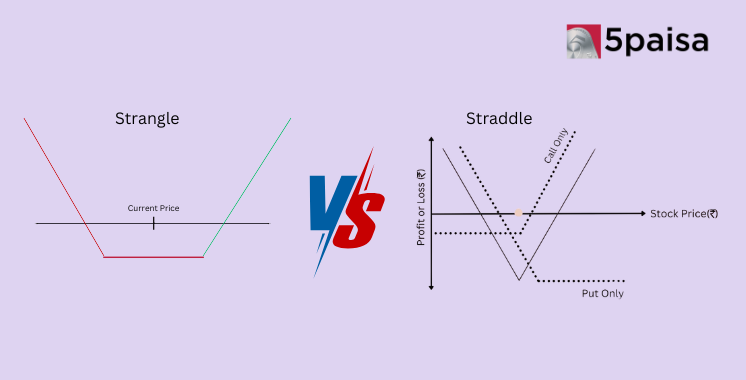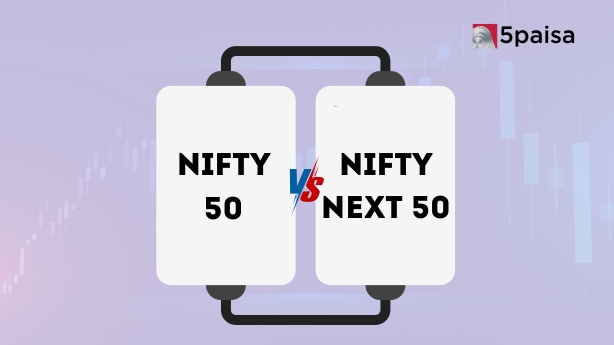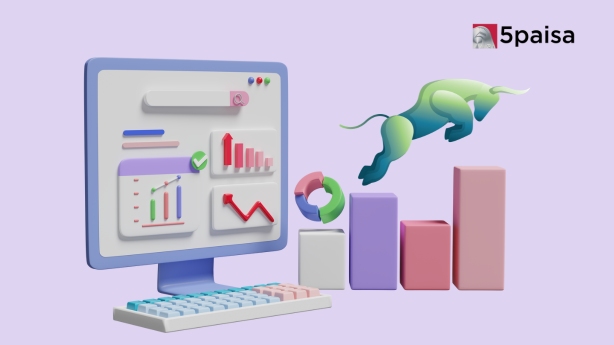Fintech startup Indifi is raring to go but can it scale without holes in SME loan book?

The fintech domain has been red-hot for the last five-six years as companies across the world, including those in India, use technology to disrupt the traditional route of financing from banks. The new generation of these ventures also are trying to bring first-time borrowers to the formal network.
As the ecommerce sector matured and had its filtering effect on the startup ecosystem, fintech became the new go-to arena for both entrepreneurs and venture capital investors.
Be it reaching to a new set of users or utilising digital tools for underwriting loans, both big and small, the fintech juggernaut has been bulldozing its way into the financial system of the country.
While there are various shades and subdomains within fintech, one that has been seen a lot of activity across emerging markets is B2B lending and, in particular, lending to small businesses. This was seen as the big white space ignored by the formal banking system.
Initially, the fintech ventures started as managed marketplaces connecting those in need for a small business loan to a set of lenders who may not have been on the radar of the borrower. However, many such fintech ventures graduated to a model where they also set up their own lending units as non-banking finance companies.
Indifi’s origins
One such company is Gurugram-based Indifi Technologies Pvt. Ltd. It was founded seven years ago by Alok Mittal, an angel investor and former India chief of US-based venture capital firm Canaan Partners, along with Siddharth Mahanot and Sundeep Sahi.
Mahanot had previously worked with financial services firms such as Citibank and ICICI Bank. Sahi was chief product officer at Bharti SoftBank, a mobile-internet joint venture of Bharti Enterprises and SoftBank, before co-founding Indifi. For Mittal, this was his second entrepreneurial stint after he co-founded JobsAhead.com during the dotcom boom and later sold it to Monster.com.
The company has attracted several rounds of venture funding, including the Series D round last year where it scooped up Rs 340 crore in a mix of equity and debt financing.
It now counts among its investors CX Partners, OP Finnfund Global Impact Fund, British International Investment, Accel, Omidyar Network, Flourish Ventures and Elevar Equity.
The online platform connects small businesses with lending institutions. It has tied up with a number of financial institutions, which provide financing to micro, small and medium enterprises.
Indifi provides customised loans between Rs 1 lakh and Rs 50 lakh to businesses having annual revenue of Rs 50 lakh to Rs 20 crore. A bulk of its customers are proprietorships, with the rest spread across partnerships and a small chunk are private limited companies. As a result, it is chasing a set of small borrowers who may not have taken a business loan in the past.
The company had recently also roped in former State Bank of India chief, Rajnish Kumar, on its advisory board.
In addition, Indifi acquired a company named Riviera and made it a wholly-owned NBFC a couple of years after it was founded. Riviera sources its loans from the parent’s online platform and uses a proprietary lending model to evaluate the credit profile of the customers. This makes the loan process for the target segment of low-ticket size, shorter-tenure unsecured loans, swifter.
What’s working
With the asset-light branchless business model, Indifi along with its lending unit is positioned in a sweet spot. Its business model involves partnering with anchors for a segment-specific approach and also direct online lending, where sourcing through anchor partners constitutes a significant chunk of the portfolio.
As a result, its assets under management (AUM) rocketed 75% to Rs 775 crore as on March 31, 2022 from Rs 442 crore as on March 31, 2021, at the group level. This includes the loan book of its partner lenders. In the process, it accelerated its business growth as its AUM had grown just 24% in the first year under the Covid-19 pandemic.
Meanwhile, its own NBFC unit’s AUM rose around 50% to Rs 458 crore in FY22. This shows that lending via its partners is speeding up faster.
The group posted losses in the region of Rs 30-35 crore in each of the last three financial years. Recently, Indifi said it recorded its first profitable quarter in the three months ended June 30, 2022, with record disbursals.
It attributed the growth to its partnerships with digital ecosystems and the launch of new credit programs, even as it has tightened credit criteria, increased the average ticket size of loans and tenor that contributed with better margin.
The flip side
The key growth risk for the company is that there are several other fintech peers that have raised a large amount of funding to power their growth with an asset-light and tech-based business model.
Moreover, the focus on unsecured business loans brings an asset quality risk. Given the nascent stage of operations, the seasoning of its loan book is limited and asset quality management picture will become apparent only in the long run.
To be fair, the company has been able to improve its collections after the second wave of Covid-19 a year ago when it had slipped to around 90%. It has now returned to the 95-99% range, bringing comfort to the asset quality.
But where does it go from here will depend on how it steers its loan book without worsening its asset quality. The NBFC industry has seen several companies, including some backed by private equity and venture capital firms, face a tough time over the last three years.
Indifi has shown it can raise money from marquee institutional investors and has till now walked a tightrope as it stepped into lending with its own NBFC going beyond a tech play. This does bring its risks but also prospects of a more robust business with better margins in the future.
- Flat ₹20 Brokerage
- Next-gen Trading
- Advance Charting
- Actionable Ideas
Trending on 5paisa
Indian Stock Market Related Articles
Disclaimer: Investment in securities market are subject to market risks, read all the related documents carefully before investing. For detailed disclaimer please Click here.
 Tanushree Jaiswal
Tanushree Jaiswal
 5paisa Research Team
5paisa Research Team
 5paisa Research Team
5paisa Research Team




